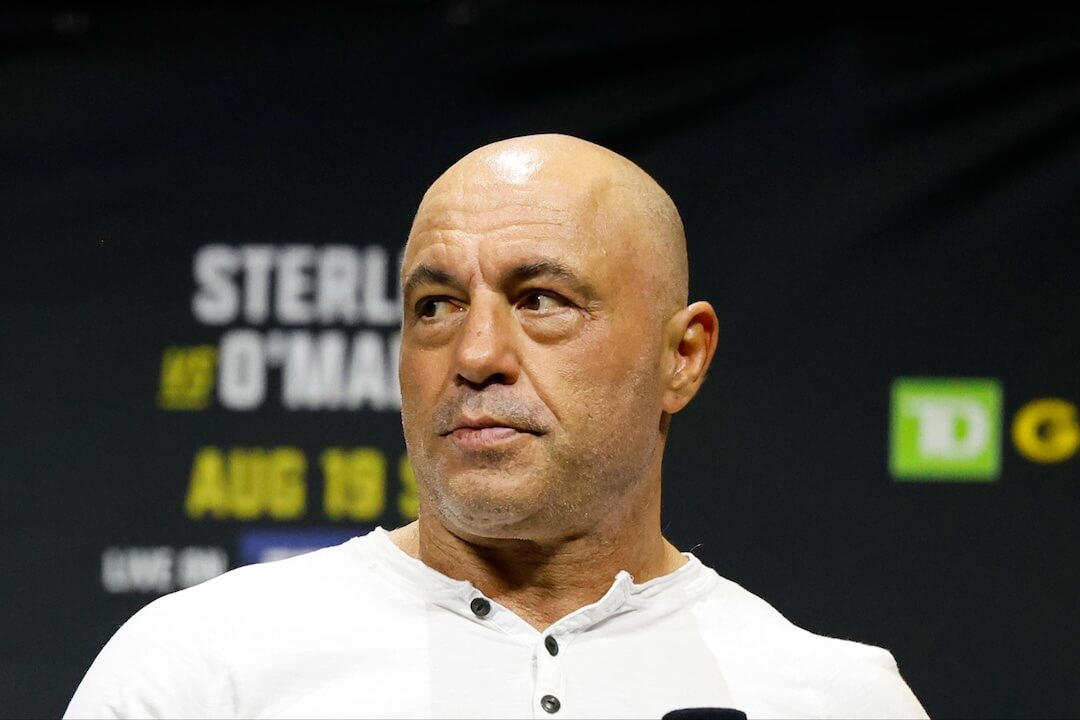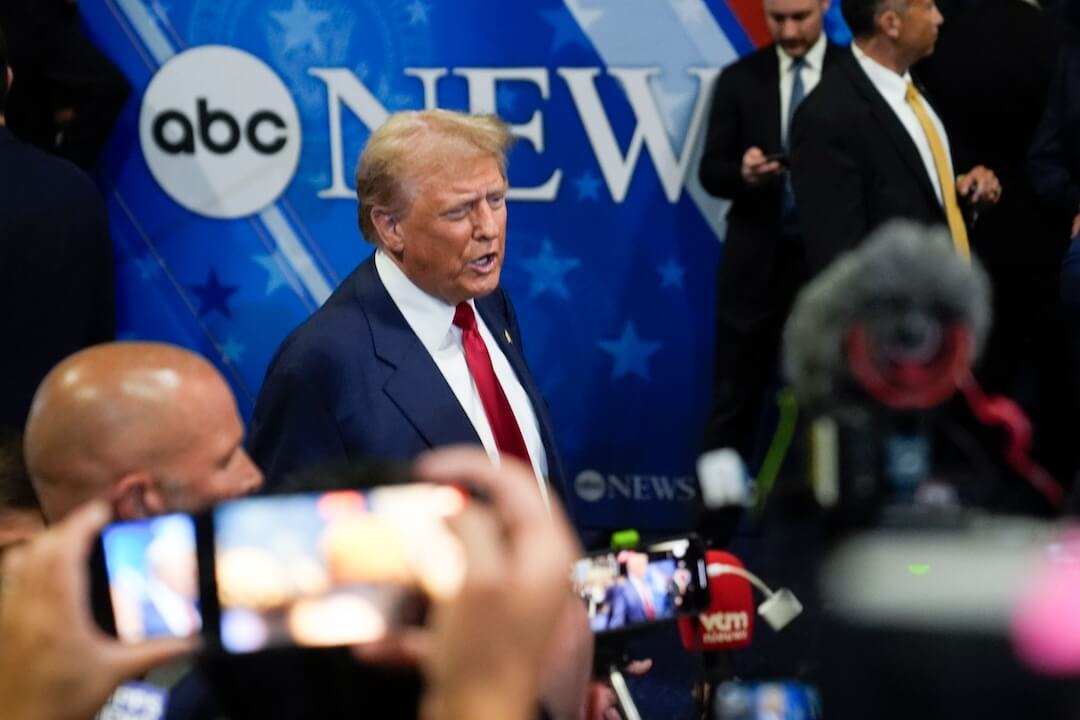Happy Presidents Day. Here are 15 presidential media firsts, from the first president to be photographed to the first president to photograph himself using a selfie stick.
March 4, 1841, President William Henry Harrison reportedly sat for a photo that was quickly lost, according to The Atlantic. On Aug. 1, 1843, President John Quincy Adams sat to to have his photograph taken, according to the White House Historical Association.

This picture of John Quincy Adams, the first President to be photographed, was bought for 50 cents in an antique shop. It’s only the third daguerreotype of Adams known to exist, and apparently was taken in 1843. (AP Photo)
Here’s what Adams wrote about that experience:
President Adams, then 76 years old, was returning from a visit to Niagara Falls and stopped at Utica to see an old friend, Judge Ezeikiel Bacon. In his diary for August 1, 1843, Adams remarked, “Four daguerreotype likenesses of my head were taken, two of them jointly with the head of Mr. Bacon. All hideous.” Adams continued his diary entry the following day, “At seven this morning Mr. Bacon came and I went with him to the Shadow Shop, where three more Daguerreotype likeness were taken of me, no better than those of yesterday. They are all too true to the original.”
May 24, 1862, President Abraham Lincoln became the first U.S. president to regularly use the telegraph, according to The New York Times. Until that date, he’d sent about one telegraph a month. But on May 24, Lincoln sent nine.
That week he would send more than all his previous messages, combined. From May 24 — 18 years to the day since Morse had first tapped out “What hath God wrought” — forward, Lincoln and the telegraph were inseparable.
The new telegraph office became the first Situation Room. Several times a day the president would walk into the telegraph office, sit down at the desk of its manager and begin going through the copies of all telegrams received, whether addressed to him or not. During great battles the president would even sleep in the telegraph office, just to be close to his oracle.
June 14, 1922, President Warren G. Harding was the first U.S. president listeners could hear on the radio, according to The History Channel. He was also the first president to record his voice on a phonograph:
Harding was an advocate for advanced technology. In 1923, he recorded a speech on an early “phonograph” that recorded and played back sound on wax discs. Harding was also the first president to own a radio and was the first to have one installed in the White House.

The retiring 28th President Woodrow Wilson, rides with his successor, Warren Gamaliel Harding, to the latter’s inauguration, March 4, 1921. Because of his weakened condition, Mr. Wilson was unable to attend the inauguration of his successor. (AP Photo)
Dec. 6, 1923, President Calvin Coolidge was the first U.S. president to deliver a speech directly to a radio audience, according to The New York Times.

Calvin Coolidge, left, wears wing collar and muted top hat en route to take oath on inauguration day, March 4, 1925. (AP Photo)
Aug. 11, 1924, Coolidge was the first U.S. president to be seen and heard in a sound newsreel. Poynter’s David Shedden wrote about that first last year for Today in Media History.
April 30, 1939, President Franklin Roosevelt was the first U.S. president to appear on television, according to the History Channel.
Jan. 3, 1947, President Harry Truman was the first U.S. president to deliver the State of the Union speech on television, according to History, Art & Archives, United States House of Representatives. He was also the first to present an address from the White House to a TV audience, according to the History Channel.
Sept. 26, 1960, Vice President Richard Nixon and Sen. John Kennedy took part in the first televised presidential debate, according to The New York Times.

This was the scene in Chicago television studio on Sept. 26, 1960, as program director gives directions to Sen. John Kennedy and Vice President Richard Nixon before their debate. Don Hewitt is at center in photo. (AP Photo)
Jan. 25, 1961, President John F. Kennedy was the first U.S. president to hold a live news conference on TV, according to Politico.
October, 1994, the first website for the White House was created. It’s no longer up, but the White House’s Facebook account links to it in its timeline, and The Washington Post remembered the site in October of last year.
Nov. 7, 1998, President Bill Clinton was the first U.S. president to send an email. He sent it to astronaut John Glenn, according to BuzzFeed.
July 6, 2011, President Barack Obama was the first U.S. president to tweet with the public in a town hall, according to the International Business Times. Obama was on Twitter well before 2011, though.
Jan. 19, 2009, The White House’s YouTube channel posted The Whistle Stop Train Tour, the first video on the White House’s channel.
Jan. 20, 2015, President Obama published the full text of the State of the Union address on Medium.
Feb. 12, 2015, President Obama used a selfie stick for BuzzFeed.







